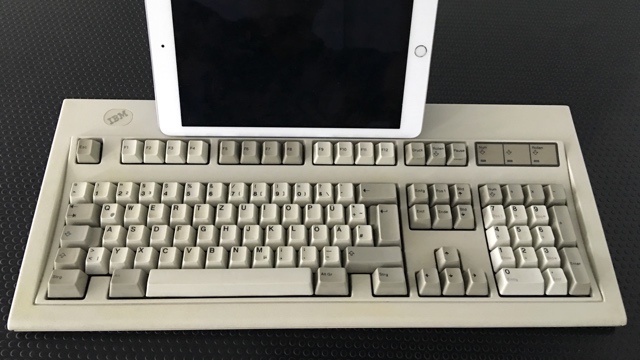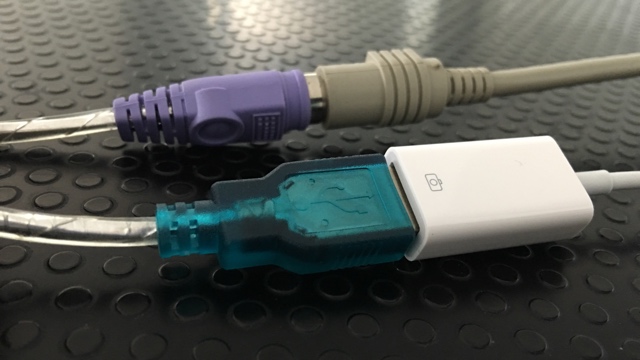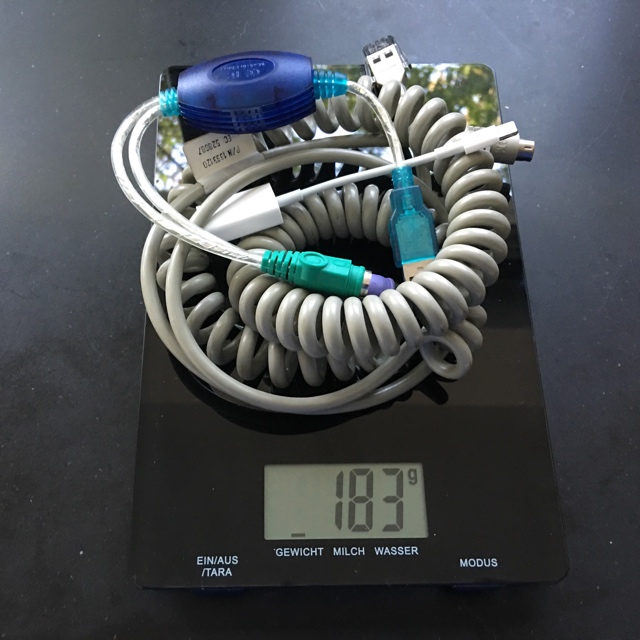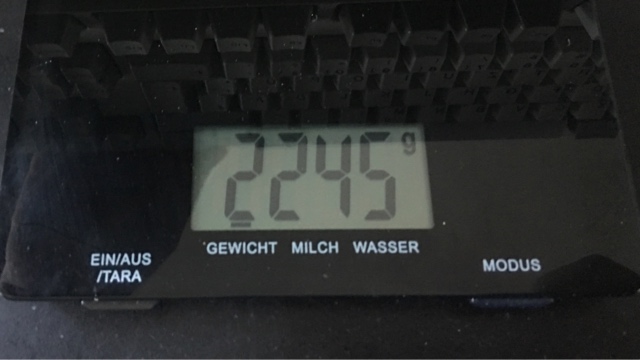Inner Vision is a weekly digest connecting the dots between great everyday objects and the cultures and techniques behind living well with them. Here, we move beyond recommendations and ratings, because just as important as knowing what to buy is knowing what’s possible using the products you’ve purchased.
28 Days Later: Dry-aging your own steak requires nearly a month’s care for what essentially disappears in a few mouthfuls. But the results—richer umami-laden flavor, more tender texture—will probably justify the effort if your tastes lean passionately carnivorous and you love grilled meats.
Free Elevated Perspective: Hikers, backpackers, and outdoor adventurers, rejoice! National Geographic has converted the bulk of USGS quads maps into an easy-to-search website spanning the entirety of all 50 states with free downloads/printouts. Optimized for standard letter-sized paper and ready to laminate afterward, these maps should be considered an outdoor essential whenever heading out into the wilderness. It doesn’t hurt to bring a handheld GPS along either.
You Can’t Be Siri-ous: I can’t be alone when I say I’ve been underwhelmed with Siri’s conversation skills. Admittedly, maybe that’s because I’m not fluent in her iOS-specific diction. Hey-Siri.io offers a cheat sheet, mapping out all 651 Siri-recognized commands, in 1,481 variations, across 40 categories and two languages, hopefully helping Siri and me see eye to eye the next time we talk.
Oprah of the Internet: Fifteen items all kept and carried inside a carry-all bag. That’s the sum total of worldly possessions belonging to self-empowerment vagabond, James Altucher. Imagine a more nebbish cousin of athletic Tim Ferriss, a dedicated self-experimenter living life unencumbered. Much of what he preaches is common sense, but wrapped in a self-effacing presentation of “if I can do it, so can you” optimism.

Photo: Gregory Han
An Anatomy Lesson: Poet Katherine Mansfield once opined, “If only one could tell true love from false love as one can tell mushrooms from toadstools. With mushrooms it is so simple — you salt them well, put them aside and have patience.” Oh, Katherine, if it was only that simple! There are no hard rules to mushroom identification, except “when in doubt, throw it out.” But this identification guide using a process of elimination focusing upon anatomy, habitat, and spore print can definitely nudge your wild guess into educated gander territory.
Chill Out: Remember how much you loved Slushies as a kid? (Heck, I still love those frozen liquid sugar bombs.) Now imagine a gussied-up version for adults, made with rosé, strawberries, grenadine, a shot of vodka, and a tray of ice cubes. Give it all a whirl in your blender and you’ve got the official drink of summer 2016: frosé.
Let My Aim Be True: Behind the spectacle and scripted narrative of the Olympics exist quieter and often overlooked stories of individuals from around the globe pursuing the dream to compete for gold. Indigenous Brazilian archer Dream Braga da Silva’s name and journey are a fitting representation of an individual aiming for this level of excellence.
Swole Goals: “Doing anything is better than doing nothing, so there’s not a minimum, per se. If you can only work out once per week, great! Probably your goal should be to slowly increase from there, if only because your adaptation to a weekly workout will be so slow or even nonexistent that you’re going to struggle with the same stuff every week and won’t get much of a health impact, and that will be frustrating. Everyone’s gotta start somewhere, but you don’t want to stay where you start.”
A Decade in the Making: Epiphanies like Sam Altman’s popularly shared “The days are long but the decades are short” often emerge after turning a corner in life, when a once-distant horizon becomes a threshold passed. Sometimes we need those years of success and failures to convert ideals into practice. Still, never underestimate the nutrition of ingesting a little common sense occasionally, fortifying what you might already know you need to do.
As an artist David Bowie habitually tested the depths of creativity: “Go a little bit out of your depth. When you don’t feel your feet are quite touching the bottom, you’re in the right place to do something exciting.”
(Top photo by Simon Collison/CC BY-NC-ND 2.0.)
Got an interesting story, link, resource, or how-to you think we should check out for consideration for our next issue of Inner Vision? Drop us a line with the subject “Inner Vision,” and we’ll take a look!
























 The president of Samsung’s mobile communications division Koh Dong-jin has confirmed that Samsung will be updating the Galaxy Note 7 to Android 7.0 Nougat within 2-3 months.
The president of Samsung’s mobile communications division Koh Dong-jin has confirmed that Samsung will be updating the Galaxy Note 7 to Android 7.0 Nougat within 2-3 months.







